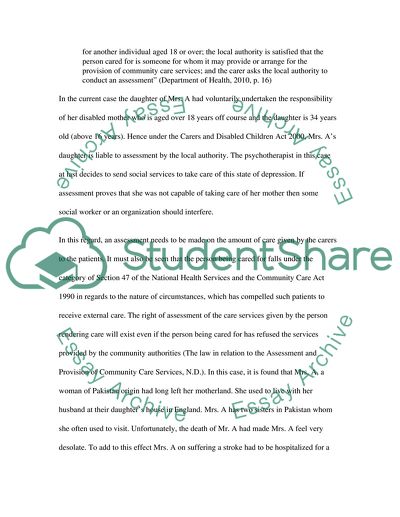Cite this document
(“Social work Essay Example | Topics and Well Written Essays - 4000 words”, n.d.)
Social work Essay Example | Topics and Well Written Essays - 4000 words. Retrieved from https://studentshare.org/miscellaneous/1571007-social-work
Social work Essay Example | Topics and Well Written Essays - 4000 words. Retrieved from https://studentshare.org/miscellaneous/1571007-social-work
(Social Work Essay Example | Topics and Well Written Essays - 4000 Words)
Social Work Essay Example | Topics and Well Written Essays - 4000 Words. https://studentshare.org/miscellaneous/1571007-social-work.
Social Work Essay Example | Topics and Well Written Essays - 4000 Words. https://studentshare.org/miscellaneous/1571007-social-work.
“Social Work Essay Example | Topics and Well Written Essays - 4000 Words”, n.d. https://studentshare.org/miscellaneous/1571007-social-work.


